Surisa Temple - Gyeonggi (수리사 - 경기)
7.6Km 2020-03-25
347-181, Sokdal-ro, Gunpo-si, Gyeonggi-do
+82-31-438-1823
Located halfway up the southwestern side of Surisan Mountain, the eponymously named Surisa Temple was built under the reign of King Jinheung of the Silla Kingdom during the 6th century. The mountain was also called bulgyeon, which means “seeing Buddha,” as it was said that a member of the royal family had a vision of the Buddha while praying at the temple. The temple used to be larger, maintaining 36 buildings on the premises and 132 hermitages spread over the mountain, but these facilities were completely destroyed during the Japanese invasions of Korea from 1592-1598 and the Korean War from 1950-1953. The temple that stands today was reconstructed in 1955. The road leading to the entrance of Surisa Temple offers gorgeous scenery with a beautiful forest and valley lining its sides; it is as if the mountain itself surrounds the temple like a painted screen.
Surisan Provincial Park (수리산도립공원)
7.6Km 2025-01-08
347-4, Sokdal-ro, Gunpo-si, Gyeonggi-do
+82-31-808-8265
Surisan Mountain, a provincial park of Gyeonggi-do, surrounds Gunpo and is also easily accessible from Anyang and Ansan. Surisan Mountain is said to be named because there is a rock in the shape of an eagle. Another legend says it is named after the nearby Surisa Temple.
Surisan Mountain is part of the Gwangju Mountain Range along with Cheonggyesan, Gwanggyosan, Gwanaksan, and Baekunsan mountains. The mountain has four peaks and the highest is Taeulbong Peak (489 m).
Grand old trees that range from 100 to 300 years old make for picturesque scenery. The mountain also won first place in the 2002 Beautiful Forest contest hosted by the Korea Forest Service.
Railroad Museum (철도박물관)
7.6Km 2019-03-18
142 Cheoldobangmulgwan-ro, Uiwang-si, Gyeonggi-do
+82-31-461-3610
The museum
features various materials and items like artifacts and vehicles from the over
100 years of railroad history in Korea, which started with the first miracle
on September 18, 1899. The first floor houses a history hall and an exhibit
devoted to items from railroad vehicles. The second floor focuses on electronics,
communications, facilities and architecture, and items related to the transportation
industry. The first floor also has a Railroad Model Panorama Room, which features
replicas of the various trains that have traversed the Korean countryside, right
from the first steam engine until the KTX. There's also an outdoor exhibit area
featuring a real steam engine train, a presidential train, as well as passenger
and cargo trains. The presidential train was introduced in May of 2015 for guests
to enjoy.
Mokpo Modern History Museum - Hall No. 1 (목포근대역사관 1관)
7.8Km 2024-09-25
경기도 과천시 과천대로 608-7 (과천동)
+82-61-242-0340
Mokpo Modern History Museum is the oldest building in Mokpo and a witness to Korea’s modern and contemporary history. It was built in 1898 and was used to house various public organizations, like city halls, consulates, and cultural centers, before being turned into the Mokpo Modern History Museum in 2014. As a building that has survived through rapid changes, it is valued for its historical and architectural significance. The museum has an exhibition on Mokpo’s history, organized into seven themes, detailing the history of the production and exploitation of various goods during the Japanese colonial period (1910-1945), along with miniature recreations of the streets of Mokpo city at that time.
Gwanaksan Mountain (관악산)
7.8Km 2023-01-02
Gwanak-ro, Gwanak-gu, Seoul
+82-2-879-6521
Reaching 632.2 meters in x_height, Gwanaksan Mountain is the symbol and pride of Gwanak-gu district in Seoul. Most of the cultural heritage of the district originates from Gwanaksan Mountain. Since it was designated as a city natural park in 1968, it has continued to serve as a favorite place for relaxation and excursion for Seoul citizens. The various rocky peaks and the deep valleys give the mountain a rugged feel. The mountain's size and close proximity to Seoul make it easy for Seoul residents to make a day trip.
In the spring, cherry blossoms are in full bloom near the entrance to the mountain, and a Rhododendron Festival is held when the rhododendrons are in full bloom. At the mountain's summit are Wongaksa Temple and Yeonjuam Hermitage, which were built by Taejo Yi Seong-gye (the founder of the Joseon dynasty) to ward off misfortune when he decided to move the capital to Seoul. There are also other temples and hermitages, and a ground radar observation post. Yeonjudae Hermitage, located atop a cliff, is where all the hiking trails of Gwanaksan Mountain meet.
Jaunam Hermitage (자운암)
7.9Km 2023-05-08
Gwanak-ro, Gwanak-gu, Seoul
+82-2-882-3839
Jaunam Hermitage was originally built in 1396 by Great Monk Muhak of Joseon dynasty. It was renovated in 1734, and finally took shape of the hermitage we know today in 1976 when Monk Boryun added Daeungjeon Hall, Chilseonggak Pavilion, and Sansigak Pavilion. It is currently located in the famous Jahadong Valley on the Seoul National University campus.
Uiwang Rail Park (의왕레일파크)
8.0Km 2023-09-07
209 , Wangsongmotdong-ro, Uiwang-si, Gyeonggi-do
Uiwang Rail Park is the first rail bike park to have tracks circulating a lake near Seoul. The park comprises a photo zone, bird habitat zone, and speed zone course. It's only a 30-minute drive from Sadang. Despite its location in an urban city, the park has eco-friendly amenities perfect for family outings, couples, and tourists.
Anyangcheon Stream (안양천)
8.2Km 2025-01-13
Seoksu-ro, Manan-gu, Anyang-si, Gyeonggi-do
+82-31-8045-7000
Anyangcheon Stream flows through seven cities in Gyeonggi-do as well as 7 districts of Seoul. The stream starts from the valley, south of Cheonggyesan Mountain, in Uiwang, Gyeonggi-do and flows 35.1 kilometers to the Hanggang River between Yeongdeungpo-gu and Yangcheon-gu. Various types of birds enjoy the stream making it an ecology stream in the middle of the city as well as provide citizens with leisure including bicycle path, bridges, rest area, sports facilities and more.
Let's Run Park Seoul (렛츠런파크 서울)
8.3Km 2020-09-01
107, Gyeongmagongwon-daero, Gwacheon-si, Gyeonggi-do
+82-1566-3333
Located north of Seoul Grand Park and Seoulland, Let's Run Park is an international-scale horse racing park. The park was constructed between May 1984 and July 1988, hosting events during both the 1986 Asian Games and the 1988 Seoul Olympics before opening to the general public in September 1989. Main facilities include the race course and grandstand. The grandstand is a large, 6-story building with a single basement level. Each floor offers convenient amenities, including race tickets, restaurants, and snack bars.
Seonbawi Memil Jangteo (선바위메밀장터)
8.3Km 2023-10-24
5-7, Dwitgol-ro, Gwacheon-si, Gyeonggi-do
This restaurant serves a delicious and springy bowl of buckwheat noodles prepared in-house. The signature menu here is buckwheat noodles with perilla oil. The best way to enjoy that is to eat all the noodles, then mop up the sauce with half a rice bowl of radish water kimchi. If you like fish, buckwheat noodles with raw pollack is the way to go, while buckwheat noodles with radish water kimchi are a great way to get the refreshing taste of water kimchi. Get some boiled pork slices and sliced raw pollack as a side dish to round out your meal. The restaurant fills up by 11:00 or so, and waiting is mandatory, so visiting early is recommended.
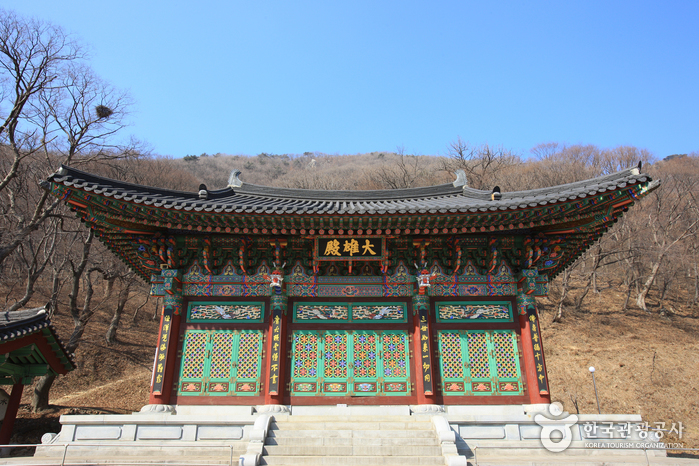
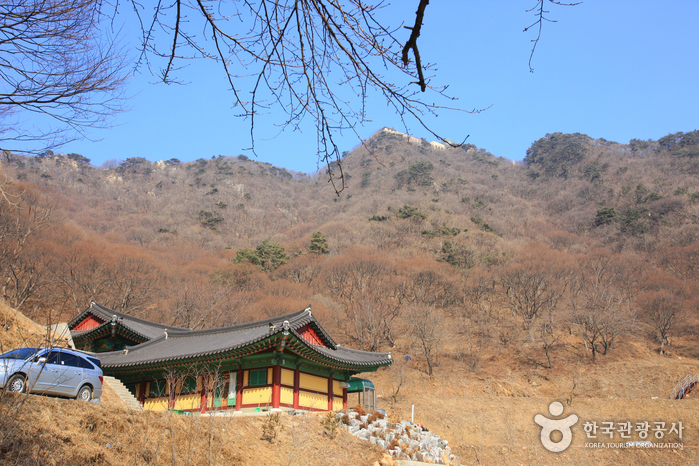
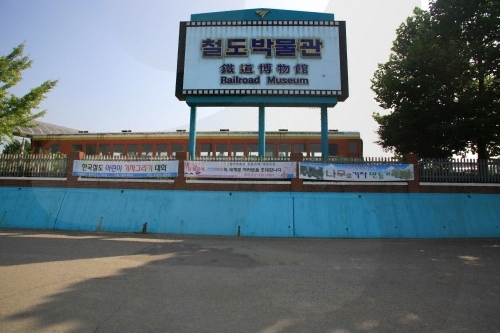
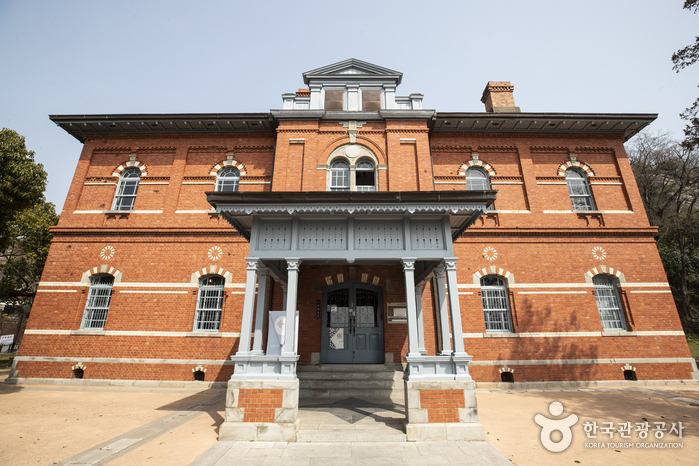
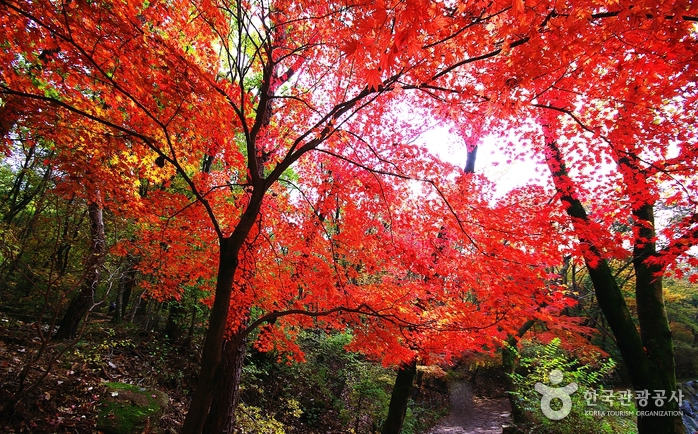
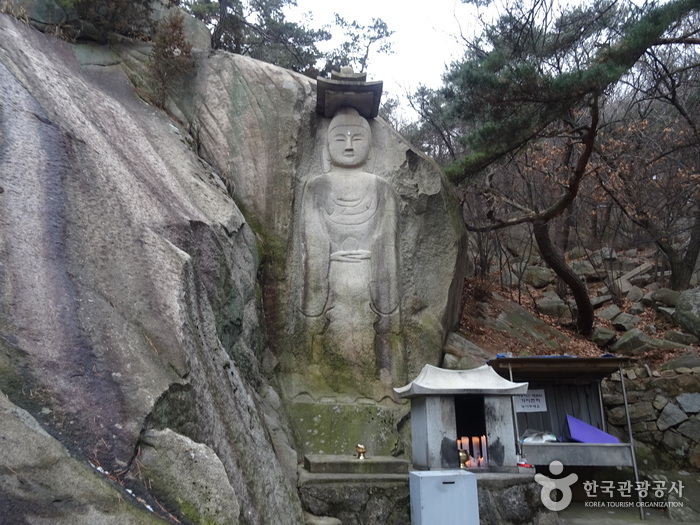
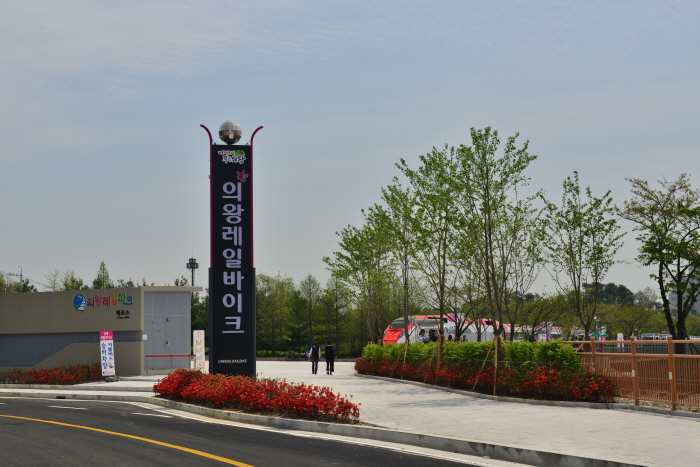
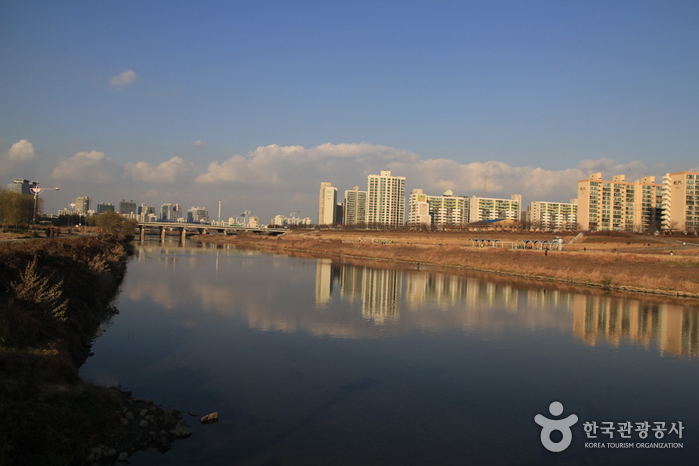

 English
English
 한국어
한국어 日本語
日本語 中文(简体)
中文(简体) Deutsch
Deutsch Français
Français Español
Español Русский
Русский